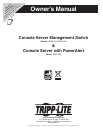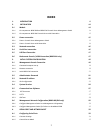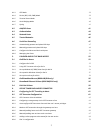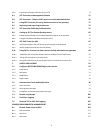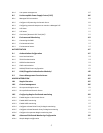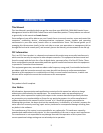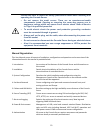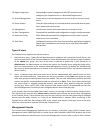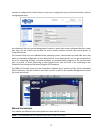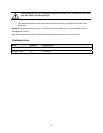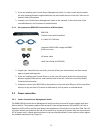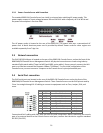3
4.1.3 SDT Mode 39
4.1.4 Device (RPC, UPS, EMD) Mode 39
4.1.5 Terminal Server Mode 39
4.1.6 Serial Bridging Mode 40
4.1.7 Syslog 41
4.2 Add/Edit Users 41
4.3 Authentication 44
4.4 Network Hosts 44
4.5 Trusted Networks 46
4.6 Serial Port Cascading 47
4.6.1 Automatically generate and upload SSH keys 47
4.6.2 Manually generate and upload SSH keys 48
4.6.3 Configure the Slaves and their serial ports 50
4.6.4 Managing the Slaves 51
5. FAILOVER AND OUT-OF-BAND ACCESS 52
5.1 OoB Dial-In Access 52
5.1.1 Configure dial-in PPP 52
5.1.2 Using SDT Connector client for dial-in 54
5.1.3 Set up Windows XP/ 2003/Vista client for dial-in 54
5.1.4 Set up earlier Windows clients for dial-in 55
5.1.5 Set up Linux clients for dial-in 56
5.2 OoB Broadband Access (B096-048/016 only) 56
5.3 Broadband Ethernet Failover (B096-048/016 only) 56
5.4 Dial-Out Failover 58
6. SECURE TUNNELING AND SDT CONNECTOR 60
6.1 Configuring for SDT Tunneling to Hosts 61
6.2 SDT Connector Configuration 61
6.2.1 SDT Connector client installation 62
6.2.2 Configuring a new gateway in the SDT Connector client 63
6.2.3 Auto-configure SDT Connector client with the user’s access privileges 64
6.2.4 Make an SDT connection through the gateway to a host 65
6.2.5 Manually adding hosts to the SDT Connector gateway 66
6.2.6 Manually adding new services to the new hosts 67
6.2.7 Adding a client program to be started for the new service 69
6.2.8 Dial- in configuration 70



